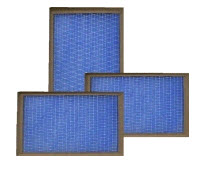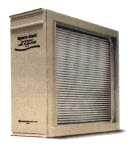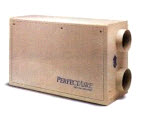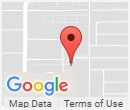Boelcke Heating and Air Conditioning
Missouri ,
 United States
(+1) 269-429-9261
http://www.boelckeheating.com
United States
(+1) 269-429-9261
http://www.boelckeheating.com
Boelcke Heating and Air Conditioning - Coloma
Boelcke Heating and Air Conditioning is a customer-focused heating and air-conditioning business that was established in 1963. Located in Stevensville and Coloma, MI we use highly-trained people whose goal is make our company the most effective service company in Southwest Michigan.
Our business focuses primarily on designing, engineering, and installing complete convenience systems for owners of current houses and structures the same as yours. We just take special pride in the craftsmen we train and employ--a fact you are going to notice straight away within the attitude and integrity they bring to your job site. Our entire company works to make your experience hassle-free and enjoyable. Should we make an error, we shall do everything within our capacity to correct it to your satisfaction.
From the professionalism of our product sales designers, towards the dedication of our field workers, we're specialized in delivering you top. We pledge to always inform you the exact cost of the service before starting our work. We follow this philosophy with our exclusive written guarantee when choosing Boelcke Heating and Air Conditioning to contract your work:
“If you are not 100% satisfied with our product or service, we assure you that within 30 days of your request we’ll happily refund the total amount removing the equipment”. You can compare our guarantee with other companies as others will typically guarantee only the functionality regarding the equipment--not your satisfaction with the procedure or your finished job lives as much as your objectives. For this reason Boelcke Heating and Air Conditioning continues growing with increased satisfied customers every year. Call (269) 429 9261 for further queries.
| Business Operation Hours | ||
| Monday |
7:30 AM to 5:00 PM |
|
| Tuesday |
7:30 AM to
5:00 PM
| |
| Wednesday |
7:30 AM to 5:00 PM |
|
| Thursday |
7:30 AM to 5:00 PM |
|
| Friday |
7:30 AM to 5:00 PM |
|
| Saturday |
8:00 AM to 12:00 PM |
|
| Sunday |
Closed |
|
Other HVAC Services : Heating Maintenance, AC Maintenance, Furnace Repair
Service Type : Yes, this business serves customers at their LocationMore Business Info
| brand | Amana, HEIL, ecobee, LENNOX |
 HVAC Services
HVAC Services
 Additional Information
Additional Information
 Languages Spoken
Languages Spoken
English
 Payment Options
Payment Options
 Cash
Cash Check
Check








 Year Established
Year Established
Write a review for Boelcke Heating and Air Conditioning
* Review Title
* Review